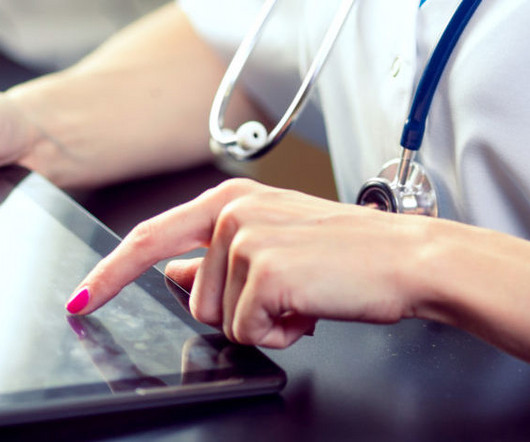How To Become a Certified Electronic Health Records Specialist (CEHRS) in NJ
ACI Medical & Dental School
JANUARY 7, 2024
An Electronic Health Record , or EHR, is an electronic version of a patient’s medical history that is maintained by a healthcare provider. It includes a broader range of patient data, including medical history, diagnoses, medications, allergies, immunization records, lab results, radiology reports, and more.












Let's personalize your content